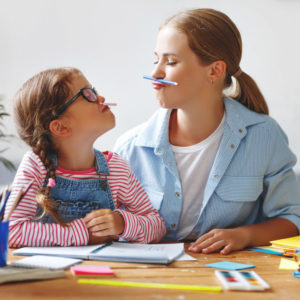The world around us is changing faster than we can keep track of it; there are new modes of learning and thinking and doing every day, and we have no way of knowing what the world will look like after our kids have grown.
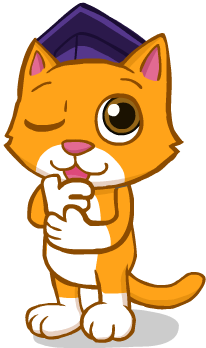
How can we make sure we’re teaching them the skills they need to have a successful future?
Many educators are now focusing on 21st century skills, which can span all subjects and developmental levels. By teaching students to become self-sufficient in each of the following four areas, we give them the power to prepare themselves for any future they may face—rather than a past we have already left behind.
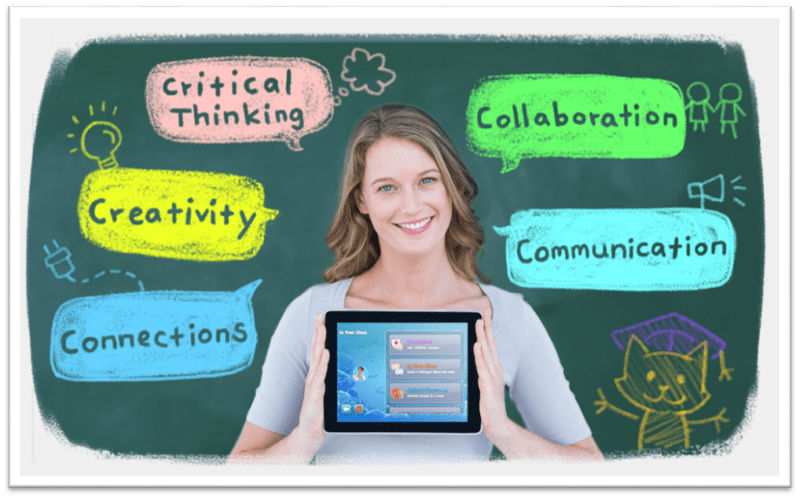
Critical Thinking and Problem Solving
When young learners think critically, it means that they use different types of reasoning to solve a problem or make a decision. Critical thinking also involves making connections, drawing conclusions, and analyzing evidence.
For young learners, critical thinking might look like asking deeper and more complex questions about a topic. It may mean looking at a problem from different perspectives or asking friends to share their points of view. Or, it could simply be taking a moment to observe before reaching any conclusions about a problem.
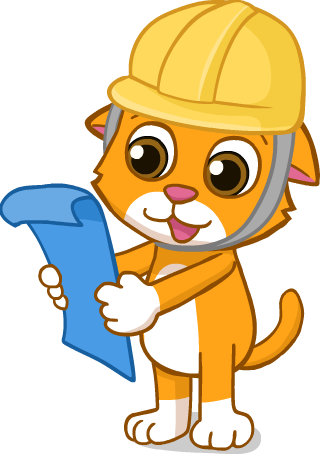 Why Critical Thinking?
Why Critical Thinking?
While it may seem very scientific on the surface, critical thinking is a skill that learners can and should use in all areas of their lives.
People who learn to think critically on their own will likely use these skills in non-academic contexts, such as determining their own opinions about people and events, using various resources to find solutions to authentic problems, and reflecting on theirs and others’ past experiences to form new conclusions for the future.
Communication
Barriers in communication are often a source of conflict, with kids and adults alike. A combination of strong language and interpersonal skills can give even the youngest learners invaluable tools to coexist with others happily and successfully.
But communication is not just about the way we teach students to talk to one another—it’s also about the way they express their own thinking and share their discoveries with the world.
Emotional intelligence, respectful discussion, and artistic expression are all facets of communication that kids can learn and develop.
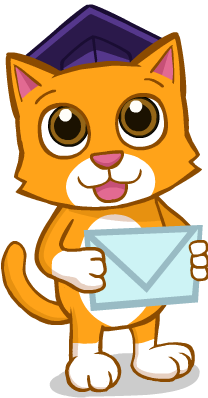 Why Communication?
Why Communication?
Whether it’s through text message or face-to-face, everyone should know how to interact with one another in a respectful and productive way.
By teaching kids the foundations of communicating with one another, we are setting them up with the skills they’ll need to be effective communicators for the rest of their lives.
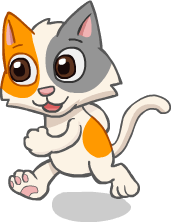
Collaboration
“Works well in a group.” “Has good team effort.” “Strong leadership skills.”
These commonly-used comments are often used to describe students who are naturally good at collaboration, or working with others to complete a task.
Collaboration can look differently in different settings; it can mean working together on a group project, peer tutoring, or brainstorming with a partner. When kids are using another person’s brain to help stimulate their own learning, while reciprocating that support, that’s collaboration!
 Why Collaboration?
Why Collaboration?
It’s been said many times over—two heads are better than one. And four heads are probably even better than two! Learners who know the value of collaborating with others are able to gain new perspectives and expand their own ideas.
Creativity and Innovation
Creativity is something that many parents and teachers value in their young learners, and yet it can be difficult to pinpoint exactly what that means.
In the context of learning, creativity can be very broad! It can mean coming up with new, innovative ideas; using a variety of methods of creation (from brainstorming to movement to visual art); or simply learning the process of improving and elaborating on creative efforts.
However outlandish their ideas may be, new ideas of any kind can be celebrated as an instance of creativity and innovation.
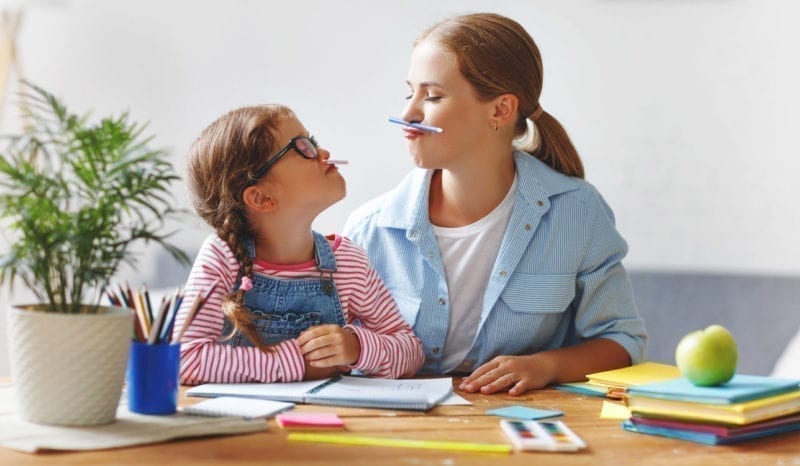
Why Creativity?
As the world changes into something unrecognizable before our very eyes, those who are most successful are those who can come up with creative, innovative ways to solve the world’s problems.
By nurturing learners’ natural creativity, we are giving them the tools they’ll need to create the world of the future; as in the words of educational expert AJ Juliani: “Our job is not to prepare students for something. Our job is to help students prepare themselves for anything.”
Curious how to recognize and encourage these 21st century skills in action? Join our next webinar on January 21st and discover how to integrate the 4C’s in language learning classrooms. As well, stay tuned for our upcoming articles on each of the four C’s!


